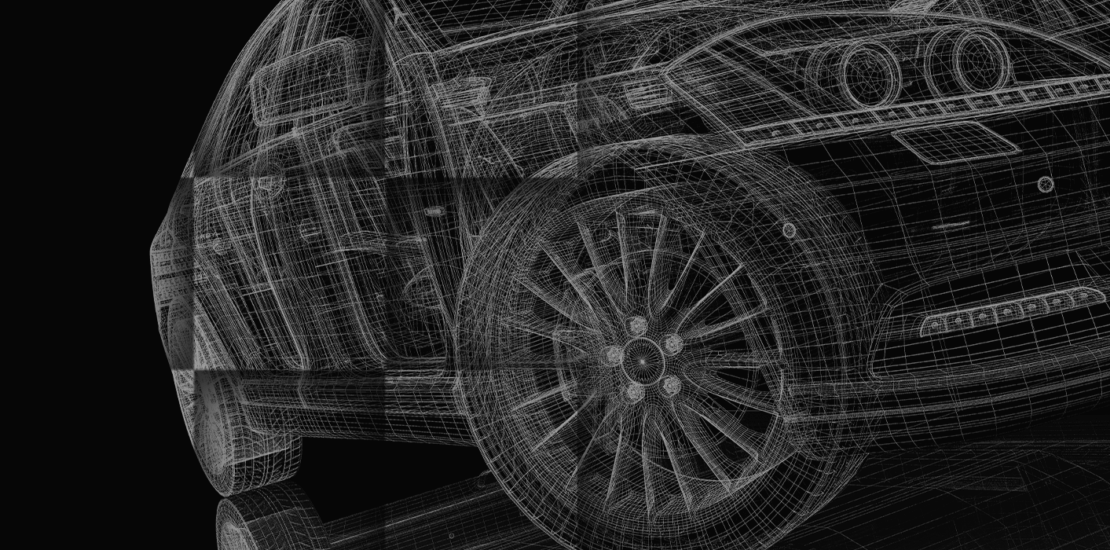Progressive Asset Delivery and Engine-Aware 3D Pipelines for Game dev Hypergrowth
- October 16, 2025
- Posted by: iXie
- Category: Game Art

Game studios are under more pressure than ever. In the past, a team might spend years making a single big game. Today, the same studios are not only building major titles but also releasing expansions, running live updates, and dropping new content across multiple platforms all at the same time. To keep up, they need a smarter way to create and deliver assets step by step, without slowing down.
Old pipelines can’t keep up. They’re full of manual tasks, fragile tools, and workflows that don’t scale. Instead of just being inefficient, they hold studios back and limit how fast they can grow. This isn’t just about “working smarter” it’s about removing a major roadblock to progress.
The answer is to use engine-aware pipelines built for scale. Alongside advanced 3D game art services, leading studios are moving in this direction by focusing on six big changes: smarter LOD systems, automated controls tied to budgets, reusable material services, loading art directly in the engine, modular rigs that work across teams, and iXie’s layered asset strategy. With these, pipelines shift from bottlenecks into engines of hypergrowth.
Contents
LOD Hierarchies
Every gamer knows the immersion-breaking effect of watching a detailed model collapse into a crude shape at distance. LOD hierarchies were meant to solve this, but manual management can’t keep pace with today’s massive content pipelines.
- Procedural LOD generation automates optimization, freeing artists from repetitive tasks.
- Scalable systems extend beyond marquee characters to thousands of assets across sprawling worlds.
- Performance stability is maintained without sacrificing fidelity, even under the pressure of live updates and DLC drops.
This isn’t just about graphics; it’s about protecting performance velocity at scale.
Procedural LOD Generation with CEO-Friendly Texture Budgets
Texture budgets can feel like abstract jargon to non-technical stakeholders. But framing them as bandwidth wallets or memory allowances makes them tangible.
- Budgets expressed in MB per character, class, or DLC make trade-offs clear at the executive table.
- Procedural enforcement ensures oversized textures are flagged before they ever hit the engine.
This isn’t only optimization; it’s governance. It aligns creative freedom with fiscal responsibility and keeps production grounded in strategic realities.
Material Microservices
In traditional pipelines, materials were often one-offs: unique, inconsistent, and difficult to manage at scale. But as pipelines matured, studios realized materials could be treated like services: reusable, standardized, and version-controlled.
- A shared PBR (Physically Based Rendering) library acts as the foundation, establishing a Single Source of Truth (SSOT) for the game’s visual DNA. Instead of each artist reinventing the wheel, teams swap shaders seamlessly while maintaining consistency across massive environments and characters.
- By treating materials as microservices, updates can be rolled out incrementally and globally. Imagine changing a metallic shader once and seeing it propagate across every relevant asset in minutes, not weeks. This eliminates visual drift and accelerates cross-project consistency.
- Just as CI/CD pipelines ensure codebases never drift, SSOT ensures a studio’s visual identity remains stable across global teams and massive content drops.
This transforms material systems from fragile assets into software-defined dependencies that safeguard consistency at scale.
Iteration with In-Engine Art Hot loading
One of the most notorious productivity killers in asset pipelines is the dreaded full re-export. Artists spend hours exporting, importing, and validating assets just to test minor tweaks. In a hypergrowth environment, those hours compound into weeks of lost velocity.
Enter in-engine art hot loading:
- Assets can be modified and reloaded on the fly inside the game engine.
- Prototyping no longer requires full build cycles, meaning an artist can test shader variations, geometry tweaks, or rig adjustments directly inside a live build.
This unlocks a new feedback loop. Instead of waiting for QA to validate changes, teams can prototype, iterate, and test in near-real time. For live service games where speed of content drops can determine retention, this is a game-changer.
Cross-Team Asset Usability
Hypergrowth isn’t just about speed; it’s about scaling without redundancy. One of the smartest ways studios achieve this is by embracing modular rigs.
- A rig designed for a humanoid NPC can be adapted for event characters, props, or even cinematic cameos.
- Animation libraries can be reused across different characters, slashing both production costs and QA time.
This isn’t just a technical optimization. It also fosters cross-team synergy: when art, animation, and gameplay teams can all tap into shared rig systems, silos disappear, and iteration accelerates.

iXie’s Layered Asset Strategy
At iXie, we’ve built a new way to deliver game assets that fits perfectly with today’s DLCs and live-ops practices. Unlike traditional approaches that ship monolithic bundles, our model is designed to be flexible, lightweight, and player-first.
- Asset tagging ensures every file has a clear role, whether it is part of the core build, a seasonal event, or cosmetic DLC.
- Incremental loading allows new content to be pushed without inflating the base install, keeping download sizes lean and updates frictionless for players.
This layered approach transforms asset delivery into a progressive, future-ready system. Studios can add, swap, or retire content dynamically, ensuring continuous engagement without destabilizing the pipeline. It’s a strategy built not just for today’s releases, but for the sustained velocity of hypergrowth.
Engine-Aware Pipelines for Sustainable Growth
All these innovations converge on a single truth: pipelines must be as dynamic as the engines they serve. Progressive asset delivery isn’t just technical optimization; it is the strategic foundation for sustainable creativity at scale.
- For artists: fewer repetitive tasks, more bandwidth for experimentation.
- For engineers: predictable budgets and modular systems that scale cleanly.
- For executives: transparent governance and accelerated time-to-market.
- For players: richer, faster-delivered worlds without bloat or downtime.
This isn’t just about making things easier anymore, it’s about making the right leadership choices. Studios that stick to old, rigid pipelines will struggle to keep up, while those that move to smarter, engine-aware delivery will open the door to a future where creativity can grow as quickly as their ambitions.

Final Thoughts
Progressive asset delivery and engine-aware pipelines are changing the way studios handle both production and performance. By using smarter tools like scalable LODs, procedural budgets, material microservices, in-engine hotloading, modular rigs, and layered asset strategies studios can work faster, create more, and deliver better.
But these changes aren’t just about new tech. They’re big-picture choices. In today’s industry, speed matters: if you can’t deliver content quickly, you risk being left behind.
Studios that see pipelines as fixed, one-time setups will struggle. Studios that treat them as flexible, software-driven systems won’t just keep up with hypergrowth they’ll lead it.

